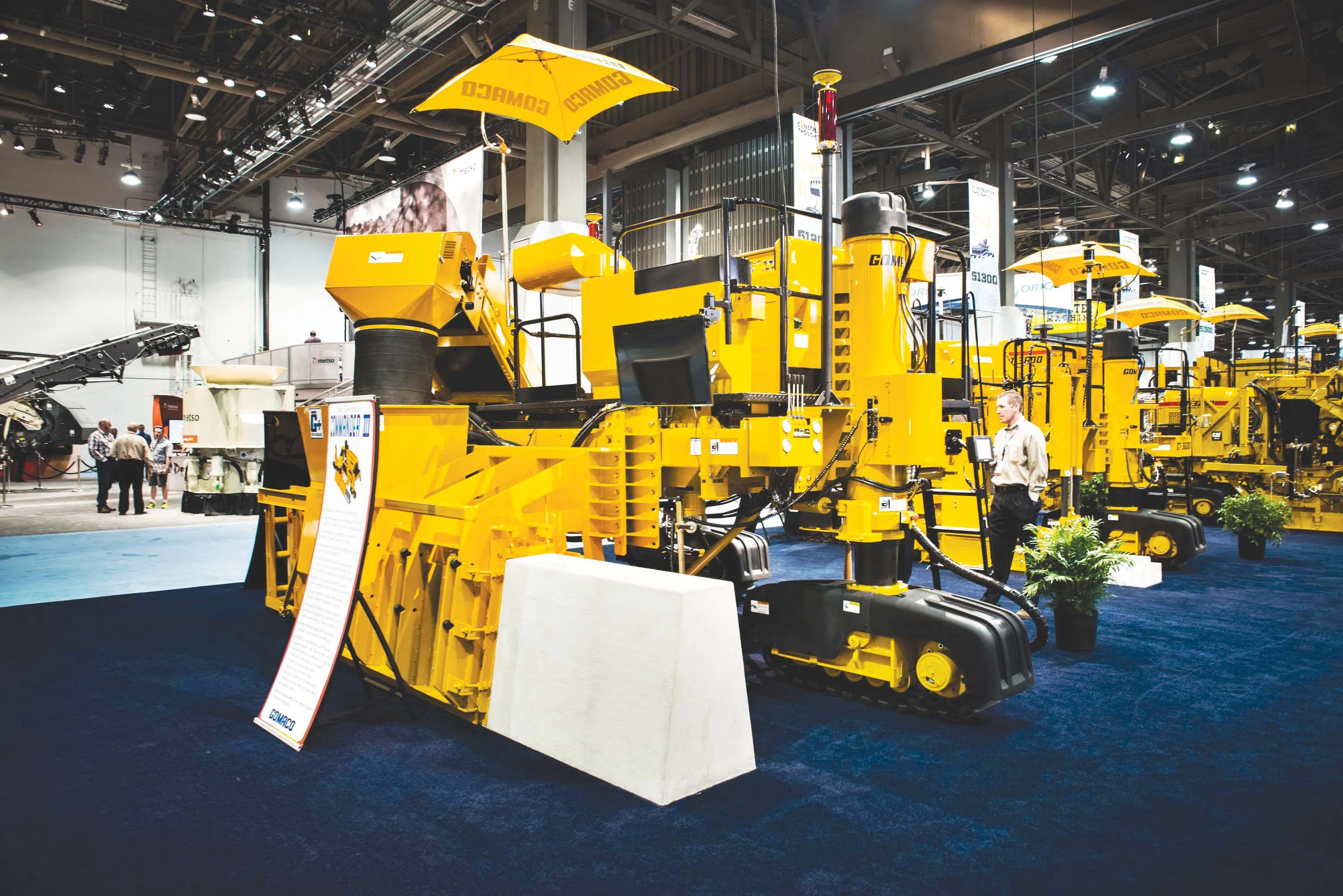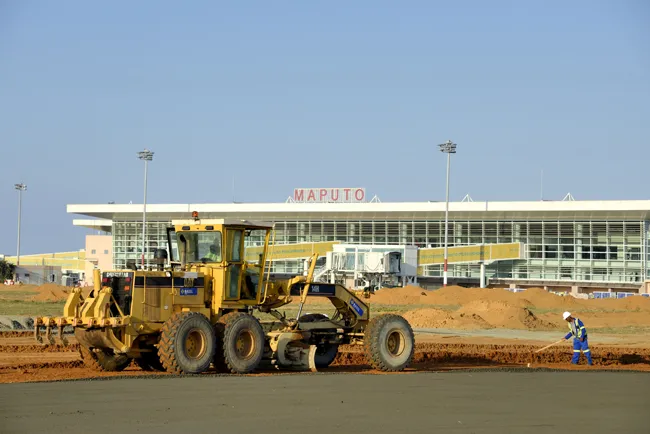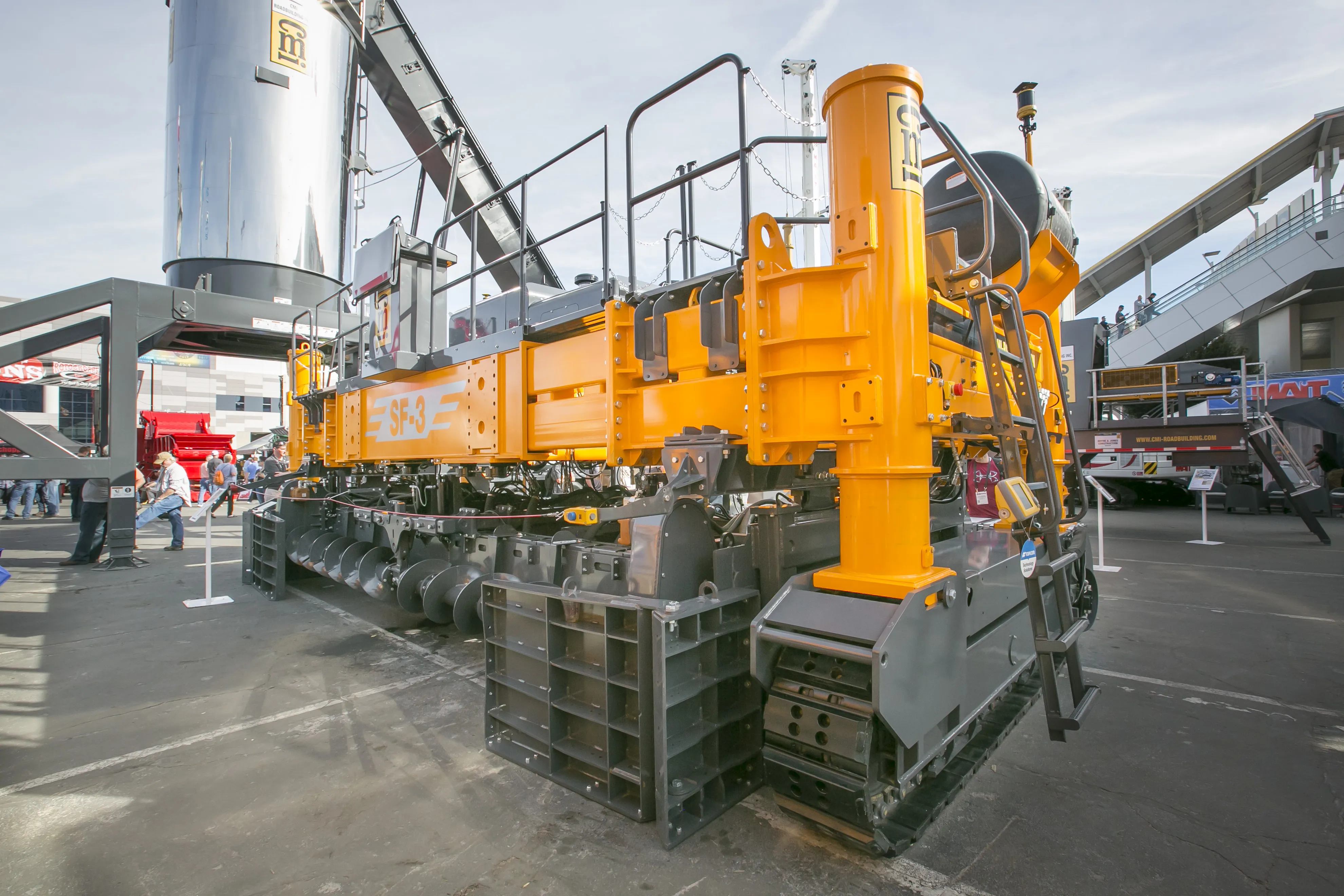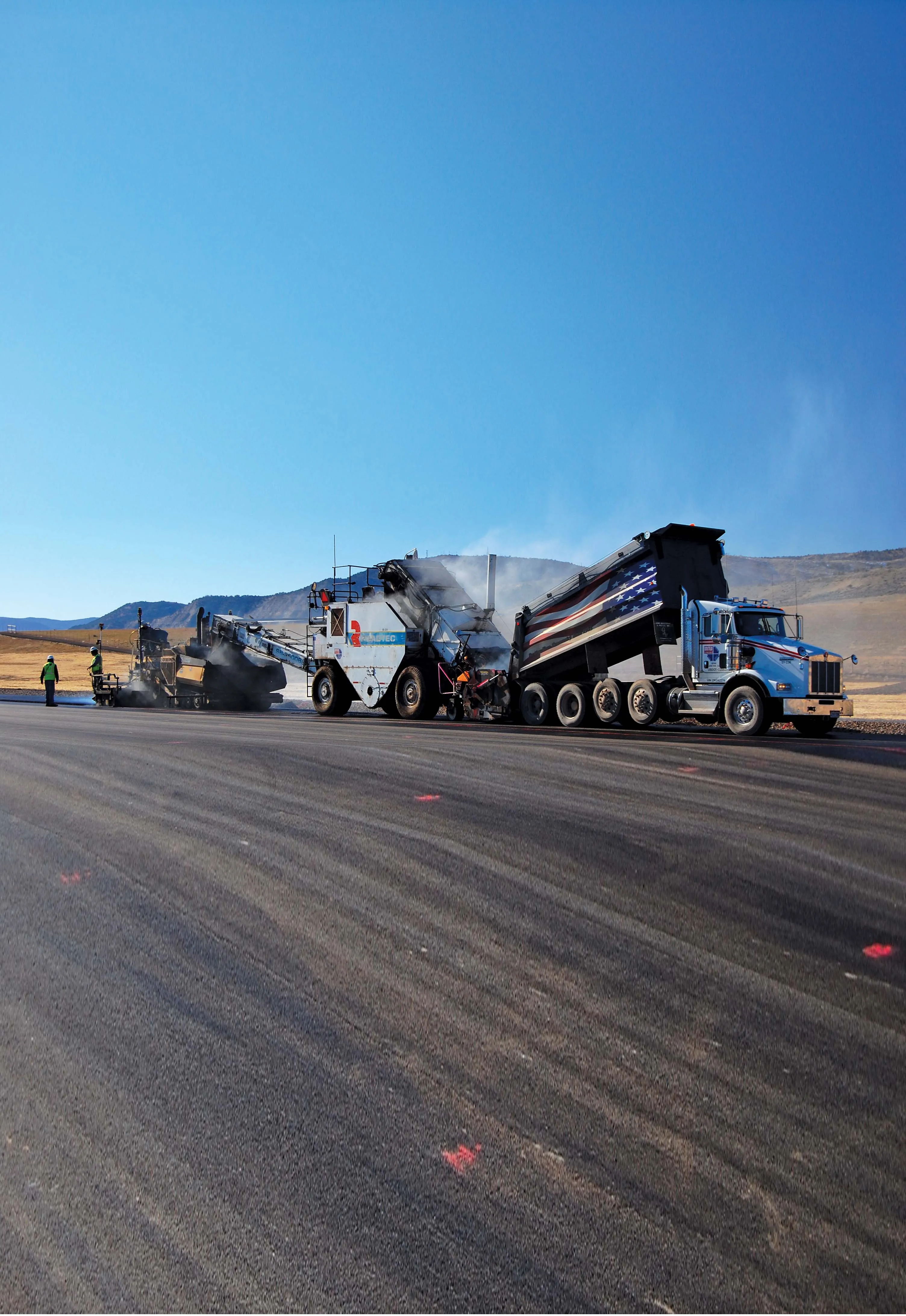Concrete paving machines from Guntert & Zimmerman have been carrying out important surface repair jobs around the world. In Belgium a paver from the firm recently completed a high speed road repair, while at Qatar's New Doha International airport one of the firm's S850 units has carried out a major apron paving contract. The new airport is being designed to cope with large passenger aircraft such as the Airbus A380 and the Sinohydro-Gamuda-WCT joint venture was awarded the contract to build two runways, thr
July 13, 2012
Read time: 2 mins
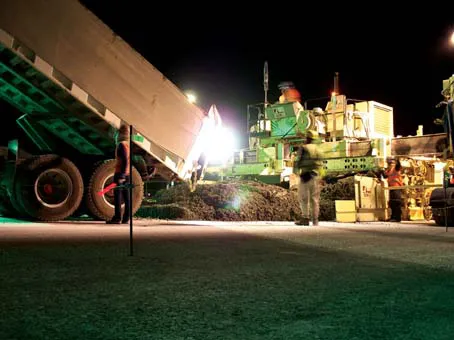
Concrete paving machines from Guntert & Zimmerman have been carrying out important surface repair jobs around the world. In Belgium a paver from the firm recently completed a high speed road repair, while at Qatar's New Doha International airport one of the firm's S850 units has carried out a major apron paving contract. The new airport is being designed to cope with large passenger aircraft such as the Airbus A380 and the 5544 Sinohydro-2632 Gamuda-WCT joint venture was awarded the contract to build two runways, three taxiways and parking aprons. The aprons have been constructed from concrete and the contractor selected the G&Z S850 machine fitted with a compact dowel inserter for the job. The parking apron areas have to be paved to thicknesses of 400mm and 445mm and the site requires a total of some 226,525m3 in all of Pavement Quality Concrete. The project has not been straightforward as there are many obstacles with numerous in-slab obstacles of all shapes and sizes, while the paver has had to carry out short run jobs. There are 12 aprons spread out across the airport and moving the paver between each of these has not been easy as it has involved bypassing other work in progress. The paving has been carried out in 6m wide sections and the majority of the aprons are both transverse and longitudinal doweled. In all 375,000 dowel bars have been used and the job has required 190km of joint sealing. Eight of the aprons are 400mm thick while four are 445mm thick and the longest apron has a length of 900m. n


